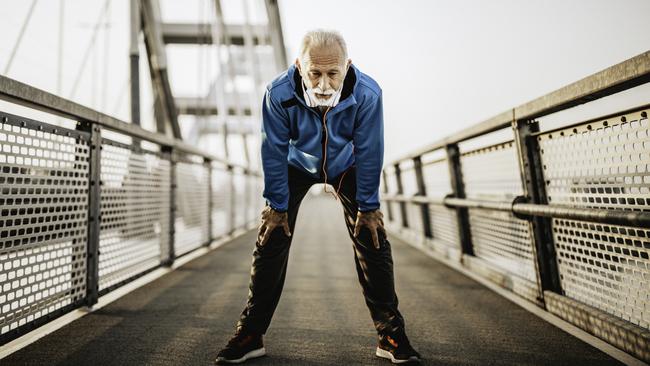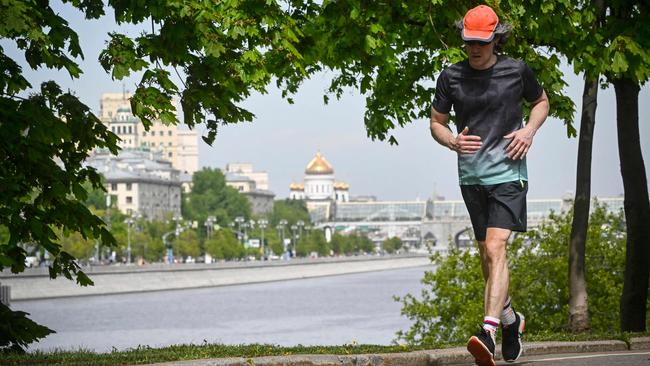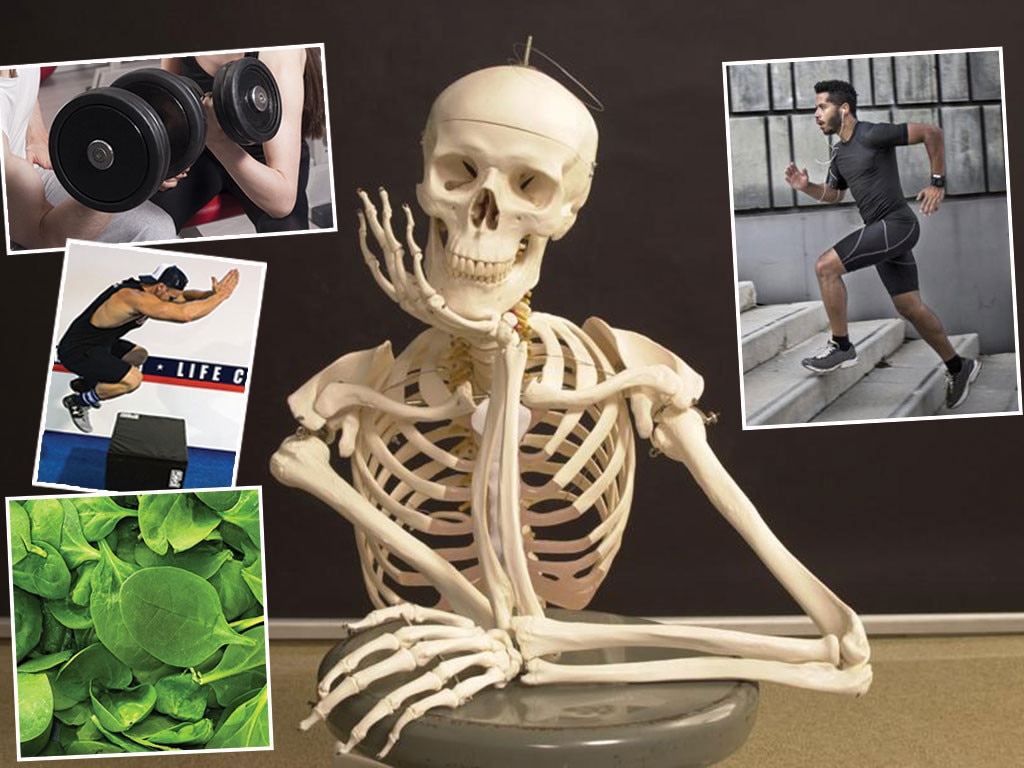Are you exercising too much?
Over-exercising can cause fatigue, irritability, insomnia and stress fractures if you don’t allow enough time to rest. More research is assessing the risks.

When it comes to exercise, conventional wisdom holds that more is better. But that isn’t necessarily true.
Scientists are increasingly evaluating the possible damage that too much exercise can do if you don’t allow enough time to rest. Recent research from Sweden suggests that too much high-intensity exercise might impair cell functioning. In addition, other scientists are looking at why overexercising can lead to stress fractures, poor sleep and other problems.
“Exercise can be detrimental at super high volumes,” says Mark Pataky, an exercise physiologist and assistant professor of medicine at the Mayo Clinic.
Medical professionals aren’t saying you shouldn’t exercise. Exercise builds bone density, counters muscle atrophy and protects against chronic disease.
The questions are how much you should do, at what intensity level and with how much rest in between. Scientists can’t say for sure yet what the right amount of exercise is for each person. It probably varies by factors including age, gender and fitness level.

Even when done right, exercise works by damaging the body and provoking it to heal. Exercise causes microtears in muscles and microfractures in bones — injuries that provoke an inflammatory response that, if given enough time, will repair the damage. Repeated over time, the body adapts and gets stronger.
“I describe exercise as ‘strategically applied trauma’,” says Brett Ely, an assistant professor who teaches nutrition and physical performance and exercise science at Salem State University in Massachusetts.
If the body isn’t given time to recover and repair, the immune system is disrupted, inflammation becomes chronic, “adaptation goes away and you’re chronically breaking down”, says Christopher Minson, a cardiovascular physiologist at the University of Oregon who works with college and professional athletes.
Over-exercising can cause fatigue, irritability, insomnia and stress fractures, says Minson. Excessive exercise can also damp motivation and hurt performance.

One area scientists are focused on is endurance sports. Global participation in ultra marathons — races longer than the normal 42.2km — more than tripled to 611,098 in the decade ended in 2020, according to a study by the International Association of Ultrarunners and athletic-shoe review company RunRepeat.com.
Kelsey Santisteban, 28, had five stress fractures when she ran cross-country and track for University of California, Berkeley. Each time she reached her peak performance, she got injured. It was only after college that Santisteban realised she had been training too hard.
“I just wanted to go hard all the time,” she says.
A better approach, in hindsight, would be to add in more lighter-workout days, she says. Now she runs for fun with a former teammate.
The dangers of overdoing it can take even very fit athletes by surprise when they attempt an activity they aren’t specifically trained for. In extreme cases the strain on untrained muscles can cause rhabdomyolysis (rhabdo), a serious medical condition in which damaged muscles release substances into the blood that can damage the heart and kidneys.
A small study published last year in the journal Cell Metabolism suggested that excessive exercise impaired the functioning of mitochondria, the cell structures that use oxygen to generate energy.

That impairment might be why over-exercising can lead to extreme fatigue and declining performance, according to Mikael Flockhart, doctoral student at the Swedish School of Sport and Health Sciences and one of the researchers who conducted the research.
The study conducted muscle biopsies on 11 people over four weeks of high-intensity interval training. The subjects tolerated 90 minutes a week of the HIIT exercise; the harm occurred when the weekly exercise reached 152 minutes. The excessive exercise also reduced the participants’ glucose tolerance, affecting their bodies’ ability to process sugar. The conditions partially reversed when the exercise intensity was reduced.
The results illustrate the need to better determine the right exercise amount and pacing for different sports and demographic groups, says Pataky.
Scientists are also trying to figure out how training affects women differently than men to better tailor workout recommendations; many regimens are based on research conducted on male athletes, according to a research review published this year in the International Journal of Environmental Research and Public Health.
Among a series of findings, women athletes are more likely than men to develop iron deficiencies while training, according to the review.

Age influences tolerance for high-intensity training, too. Scientists at the University of Alabama at Birmingham found that high-intensity resistance training three times a week — a regimen that promotes robust muscle growth in young adults — wasn’t the best exercise prescription for older adults.
In the study of 64 adults ages 60 to 75, a program of two days a week of high-intensity resistance training with one day of low-intensity exercise in between led to bigger gains in muscle mass and strength. Researchers say this was probably because it allowed adequate time for recovery. The three straight days of high-intensity exercise, while suitable for young adults, resulted in smaller gains and increased inflammation in the older exercisers, according to the study that was published in the journal Experimental Gerontology in 2017.
The antidote to excessive exercise is time and rest.
General life stressors such as a wedding, a renovation or new baby can slow recovery, says Ely, a marathon runner. Many training programs allow at least one rest day a week, which generally means no intense structured exercise, Ely says. For people with higher levels of fitness, a rest day might include a 30-minute jog.
The Wall Street Journal
More Coverage







